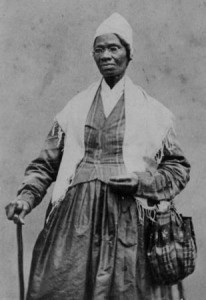 “Who here would have been against slavery if you suddenly found yourself living in those times?”
“Who here would have been against slavery if you suddenly found yourself living in those times?”
I’ve asked a version of this question to many U.S. history classes over the years.
Every student raises a hand.
“So what exactly would you have done to end slavery?”
Puzzled looks are generally the response to this question. What should we do, what can we do, when we are confronted by the enormity of an injustice like slavery? It’s not an easy question for my students, and it wasn’t an easy question for the people who opposed slavery in those times. The answers were struggled over in the abolition movement, one of the most significant social movements in U.S. history, but underappreciated in today’s history curriculum.
. . . .
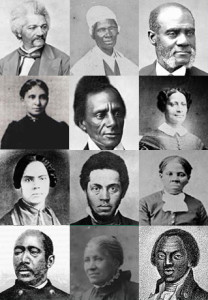
Learn about dozens of Black abolitionists here.
I created a role play in which every student in class portrayed a member of the American Anti-Slavery Society (AASS). As the AASS, the class would encounter some of the difficult strategic choices that confronted the actual organization throughout its history. I’d be present as teacher to observe and take notes, but I would play no role in their deliberations.
. . . I distribute a handout with five strategic dilemmas that faced the AASS at different points from its founding in 1833 until 1858:
• Should the AASS support “colonization” schemes to send people freed from slavery to Africa?
• Should the AASS spend time and money opposing racial discrimination in the North as well as attempting to end slavery in the South?
• Should the AASS support efforts to gain greater equality for women?
• Should the AASS support armed attempts to resist enforcement of the Fugitive Slave Act?
• Should the AASS support John Brown either with guns or money?
These were actual historical dilemmas, although I took some liberty in suggesting that they were each debated in an assembly of AASS members.
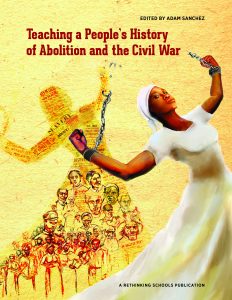 This lesson was originally published in the Summer 2010 edition of Rethinking Schools magazine and is one of 10 lessons in the 2019 Rethinking Schools publication Teaching a People’s History of Abolition and the Civil War, edited by Adam Sanchez.
This lesson was originally published in the Summer 2010 edition of Rethinking Schools magazine and is one of 10 lessons in the 2019 Rethinking Schools publication Teaching a People’s History of Abolition and the Civil War, edited by Adam Sanchez.
“A valuable blueprint for teaching the history of abolitionism and the end of slavery. . . . Coming at a moment of activism by modern descendants of the struggle for freedom, the book could not be more timely.” — Eric Foner, DeWitt Clinton Professor Emeritus of History, Columbia University and author of The Fiery Trial: Abraham Lincoln and American Slavery

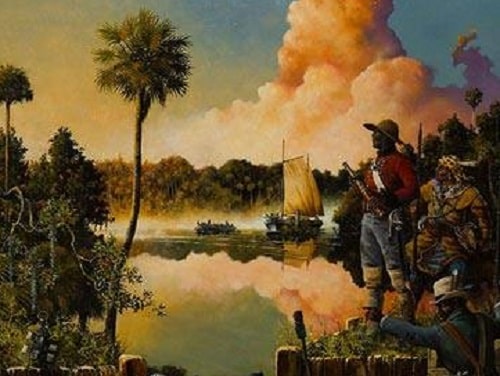
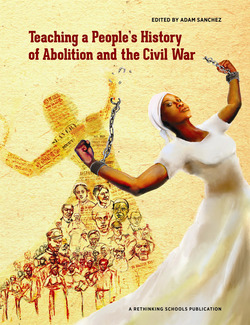
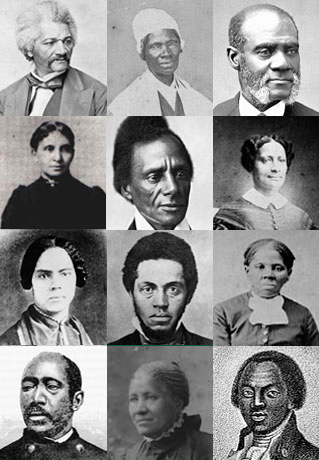
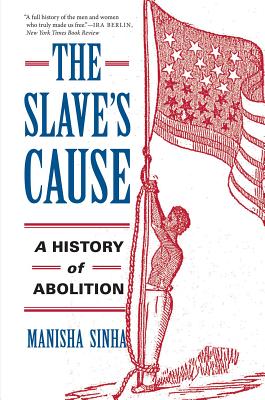
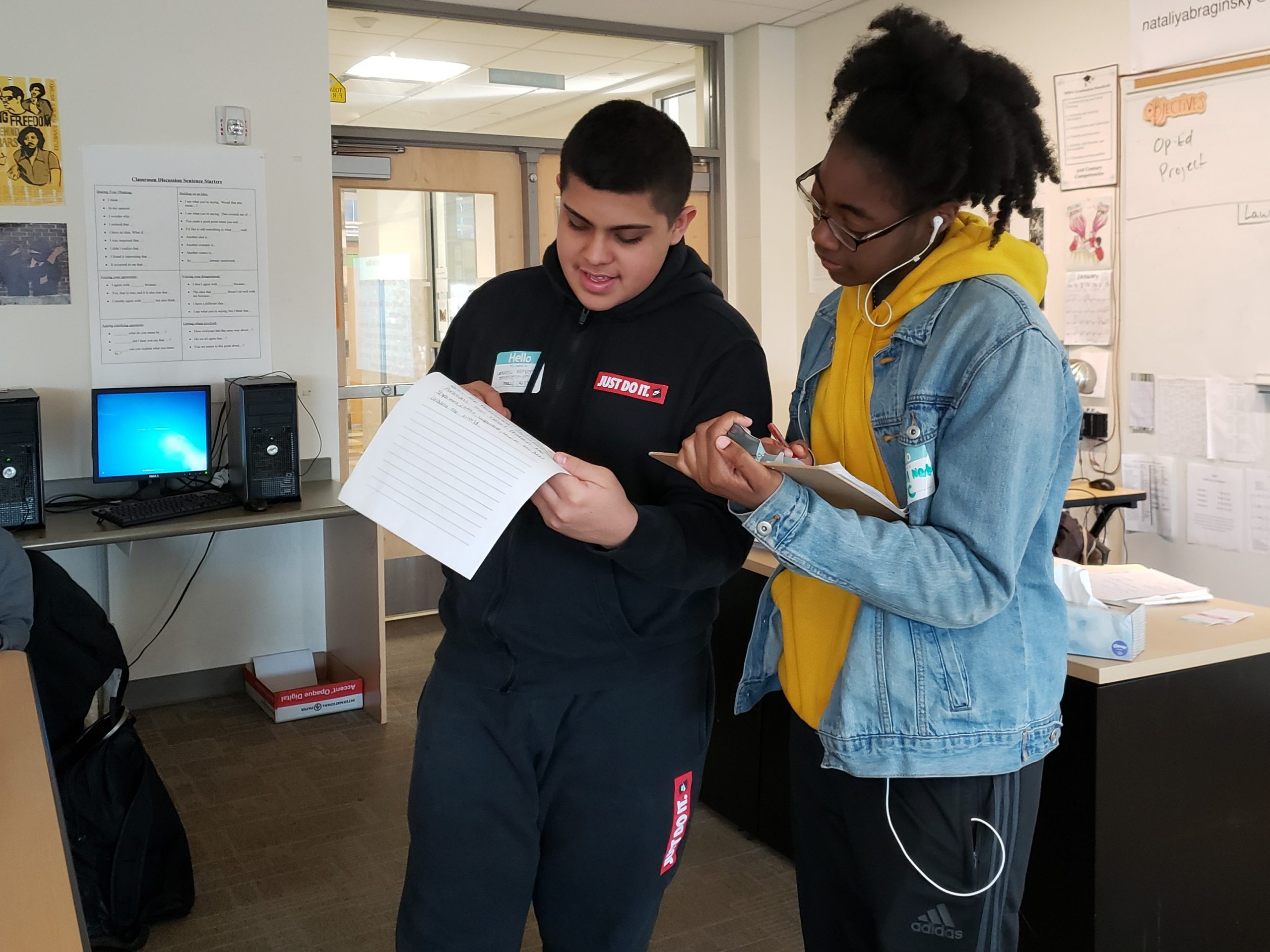
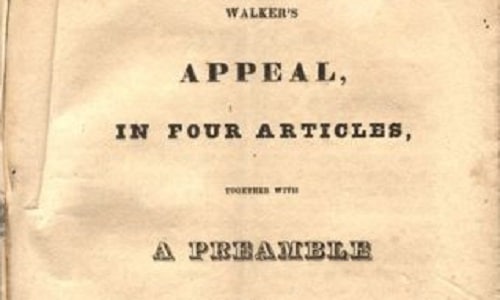
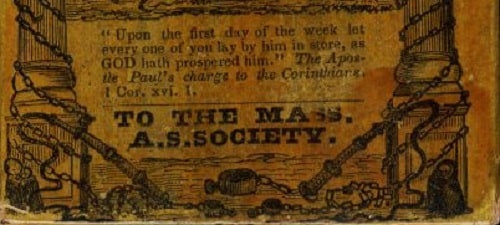
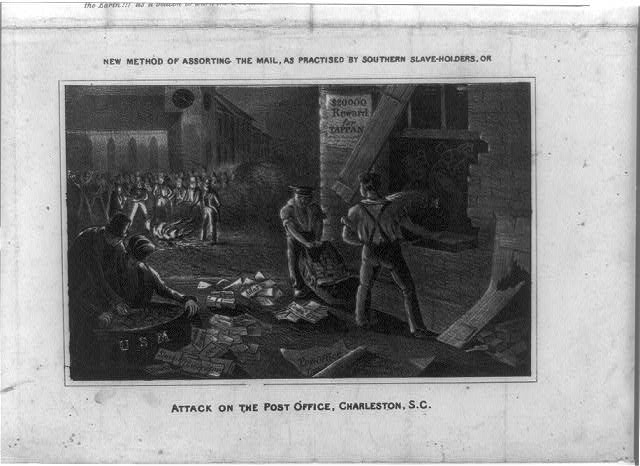
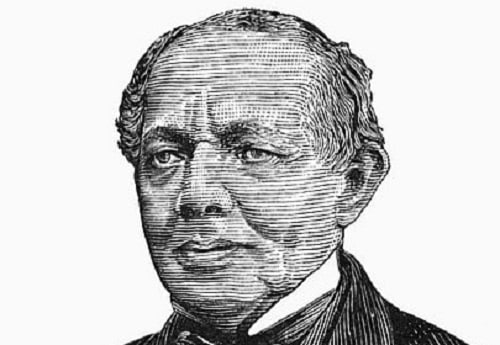
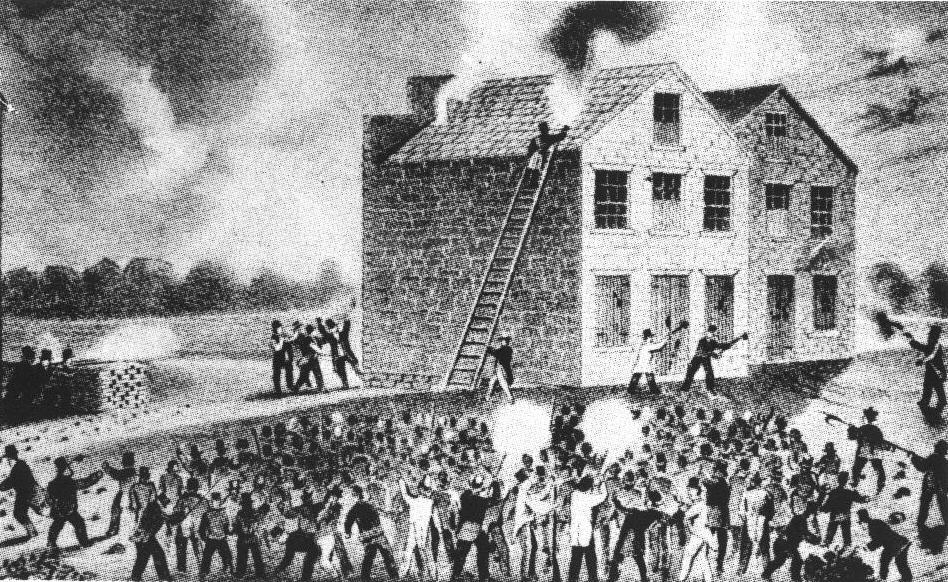
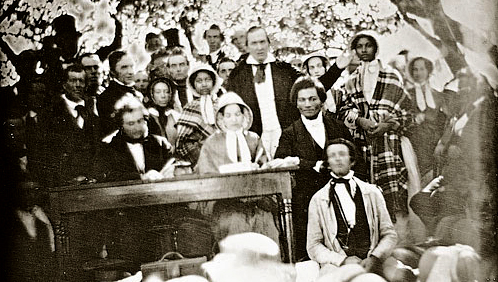
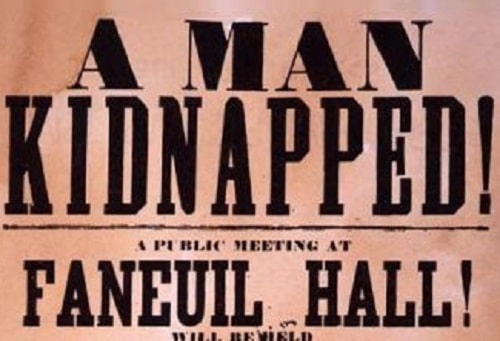
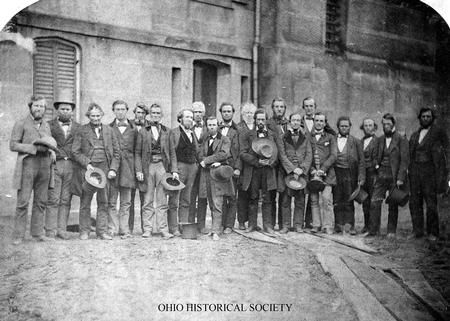
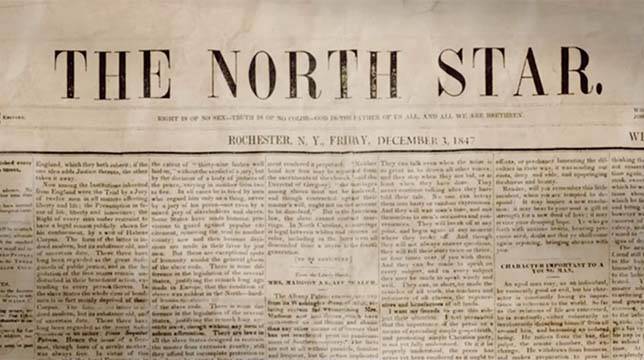
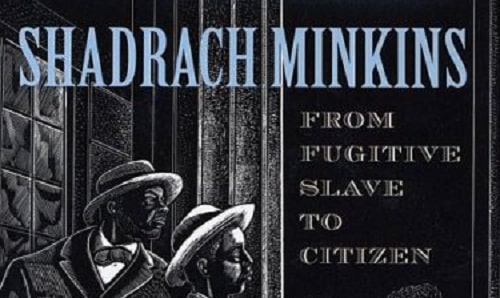
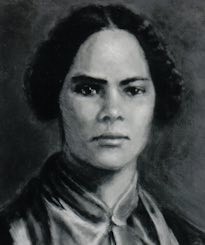
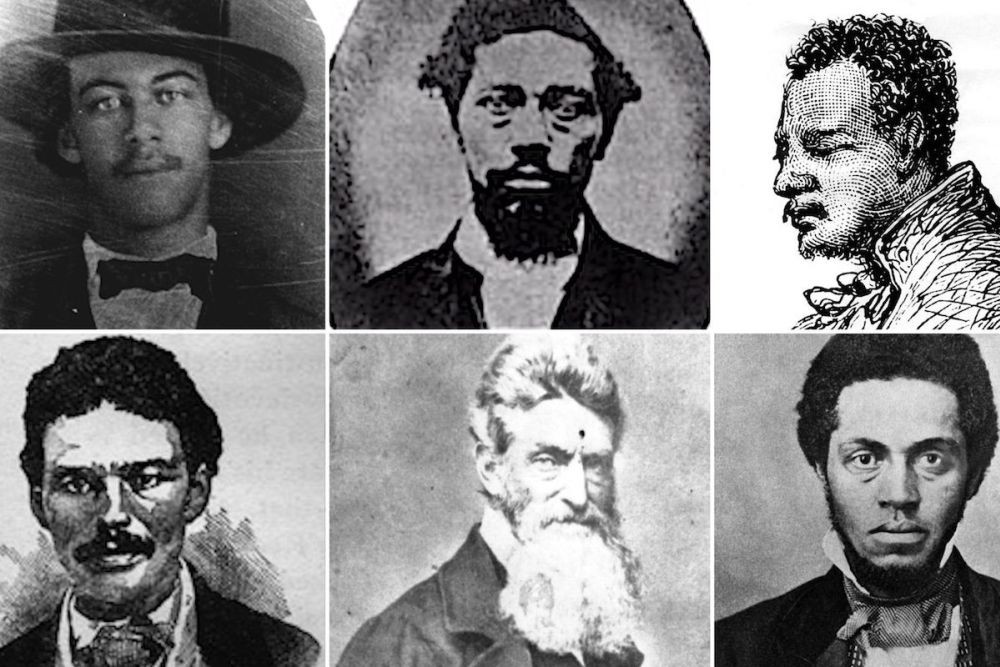
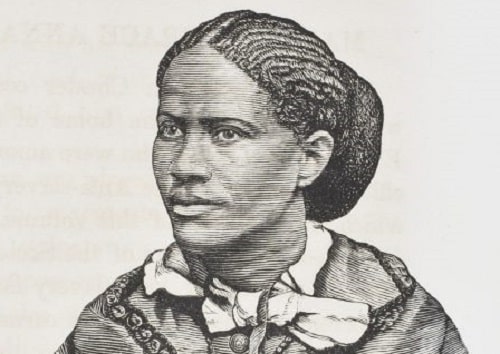






I was a little apprehensive about using this lesson because I teach special education students (mostly ED) and was worried that it would hard for them to connect with the information. I was very quickly proven to be worried for no reason! I was so excited by their level on engagement and understanding of the topic that I thought about the lesson’s out come over my entire Thanksgiving break.
The students did an amazing job creating their autobiographies! The students really connected with the abolitionist characters that they created and were able to take those emotions and ideas into the second part of the lesson where they voted on various issues brought to the AASS. I had students who are typically hard to get engaged jumping out of their seats with excitement while waiting for their turn to speak. Most of the time, I have a really hard time getting the students to write more then a few sentences, their autobiographies were a complete exception. I even had to ask a few to wrap it up!
The mock meeting itself brought a much higher level of thinking for my students and they all had the realization of the complexity of ending slavery. I heard several time “this is hard” when it came to make a final decisions, which just goes to show that they were understanding the issues were not cut and dry. The students were also able to connect some of the topics to their modern day equivalents, such as civil rights and marriage equality. I feel like it really outlined the importance of the abolitionist movement and it’s continuing impact on history. It also taught them to work together in order to make an informed decision, respect other ideas, and look at problems from all sides. —Nicole Stonestreet, high school social studies teacher, Midlothian, VA
Waking up the Giants
December 2014 we need these teaching guides to establish a base for action and to teach the history that this is not the first time for the actions we have seen recently in the headlines. We have the opportunity to improve our defiance, outrage and strategies.
This is so important – all people need to know the history and never to forget it.
I think this is wonderful. I hope people all around the country will climb on board.
I had my students take on the personas of real and imaginary people who attended Rev John Allen’s meeting in Philadelphia that actually took place to discuss the Colonization back to Africa movement. I added to the discussion, the issue of whether to fight slavery violently or non-violently, referencing the anger of the original Fugitive Slave Act of 1796. Each student was to take a position of both matters, prepare for the meeting, and argue their position. After, I had them reflect on how they felt about their positions and if anyone had changed their minds, how, and why? It ended up being one of the most eye-opening and gratifying activities for both the students and me.